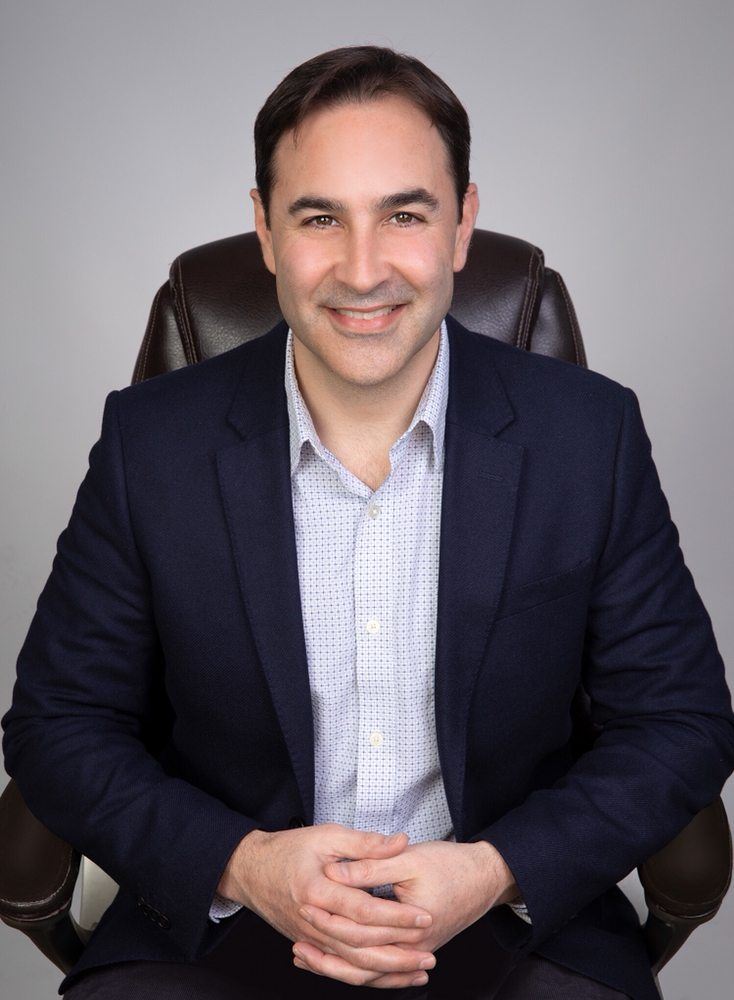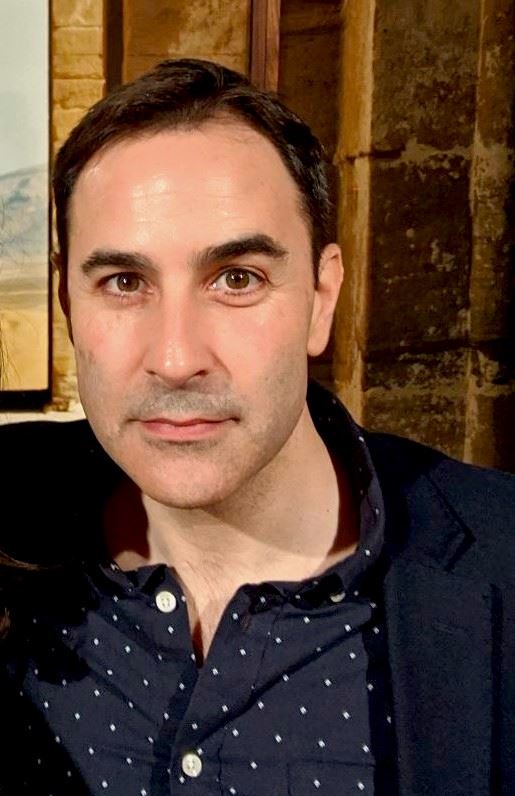 by Mark Mouro, LMFT
by Mark Mouro, LMFT
Back to Spring 2022 Newsletter
It was not very long once I started private practice that I had two strong feelings. One, there are many different ways to do this work. And two, learning how to do them well will be a lifelong process. That notion motivated me to enroll in a 2-year program at Palo Alto Psychoanalytic Psychotherapy Training Program (PAPPTP). And what I’ve gotten out of it so far has deepened my work and given me more of an appreciation for what we do.
Therapy is a second career for me so I when went back to school to get a master's degree I was still working a full time job during the day. I bring this up because my classes in school and some of the internships sort of felt like a blur to me. There were many times I recall coming across some really interesting material but not having the opportunity to delve further into it. Recently I’ve had some flexibility in my schedule, so learning psychoanalytic psychotherapy in a different venue while working as a therapist seemed like a good fit.
As you may know, psychoanalytic psychotherapy developed out of the field of psychoanalysis but the objectives, setting, and technique vary. The objectives for psychoanalytic psychotherapy are more focused and limited, the setting is once or twice a week with the patient sitting up, and the technique may be much more active on the part of the therapist.
But why psychoanalytic psychotherapy specifically? Before the pandemic I had been in a consultation group led by a psychoanalyst. He suggested we read some recent psychoanalytic journal articles and they struck a chord with me. I had been aware of research articles but this was the first time I had read theoretical articles. The authors introduced and discussed abstract ideas and principles that I experienced in sessions but hadn’t been able to put words to. They explained and predicted the phenomena I was struggling with at times. It was exciting to see what direction our field was going in and feel an intellectual kinship. This wasn't a textbook informing on modality. This was one person's personal exploration of what works and doesn't work for him. And that spirit of learning through experimenting, hits and misses really resonated with me.
But perhaps most importantly, I was starting to feel that I was coming up short in my ability to use transference as an intervention. In my experience as both a therapist and client, I had seen how powerful transference and countertransference could be when used properly. And I wanted to sharpen my ability and understanding of it. But I didn’t want to become a psychoanalyst necessarily, I just wanted the ability to apply analytic thinking if need be.
Here are the basics of the program. The training at PAPPTP offers concepts and theory of contemporary psychoanalytic psychotherapy which include child development research, attachment theory, therapy process and outcome research, psychodynamic diagnosis, and neuropsychoanalysis. The class consists of 10 students made up of MFTs, social workers, psychiatrists and psychologists. There are 2 classes from 8:30am-12pm every Friday. The topic of the classes change every couple of months and we take the summer off between year 1 and 2.
It has been about 6 months since I began the training and I’ve definitely come away with an appreciation for just how much contemporary psychoanalysis has evolved. While there are similarities, the material is much more applicable than what I learned in school. Contemporary psychoanalysis is attempting to incorporate many different theories and as someone who enjoys contrasting perspectives, this felt right for me. More specifically, the classes achieve of a good balance of reading theories rooted in the past and also ideas on the frontier.
While doing classes over Zoom isn’t my preferred method, we are getting by and everyone is making the best of it with hopes to begin meeting in person on the Stanford campus soon. It is nice to have a group of clinicians to meet with over 2 years to develop a rapport with and learn from. Another significant element is mentorship. Each year we meet with one consultant on a weekly basis to discuss a case. I’ve just started this process but I can already tell it’s a great opportunity to examine the evolution of a client and how to best work with them. And last but not least is the teachers. All of them are working therapists and or professors at Stanford and each sees and approaches the work differently. But they all have in common a passion that drives them to volunteer and improve how we work with our clients, or patients.
 Mark Mouro, LMFT is a psychotherapist working in private practice in San Jose. He specializes in working with couples and many of his clients are parents with young children. He is currently in psychoanalytic psychotherapy training at PAPPTP. Previously, he was a therapist on staff at The Couples Institute in Menlo Park. He lists his experiences with Vipassana meditation, foreign travel and lobbying with CAMFT as being most influential. Mark lives in Willow Glen with his tech working wife and two young sons.
Mark Mouro, LMFT is a psychotherapist working in private practice in San Jose. He specializes in working with couples and many of his clients are parents with young children. He is currently in psychoanalytic psychotherapy training at PAPPTP. Previously, he was a therapist on staff at The Couples Institute in Menlo Park. He lists his experiences with Vipassana meditation, foreign travel and lobbying with CAMFT as being most influential. Mark lives in Willow Glen with his tech working wife and two young sons.
Back to Spring 2022 Newsletter
